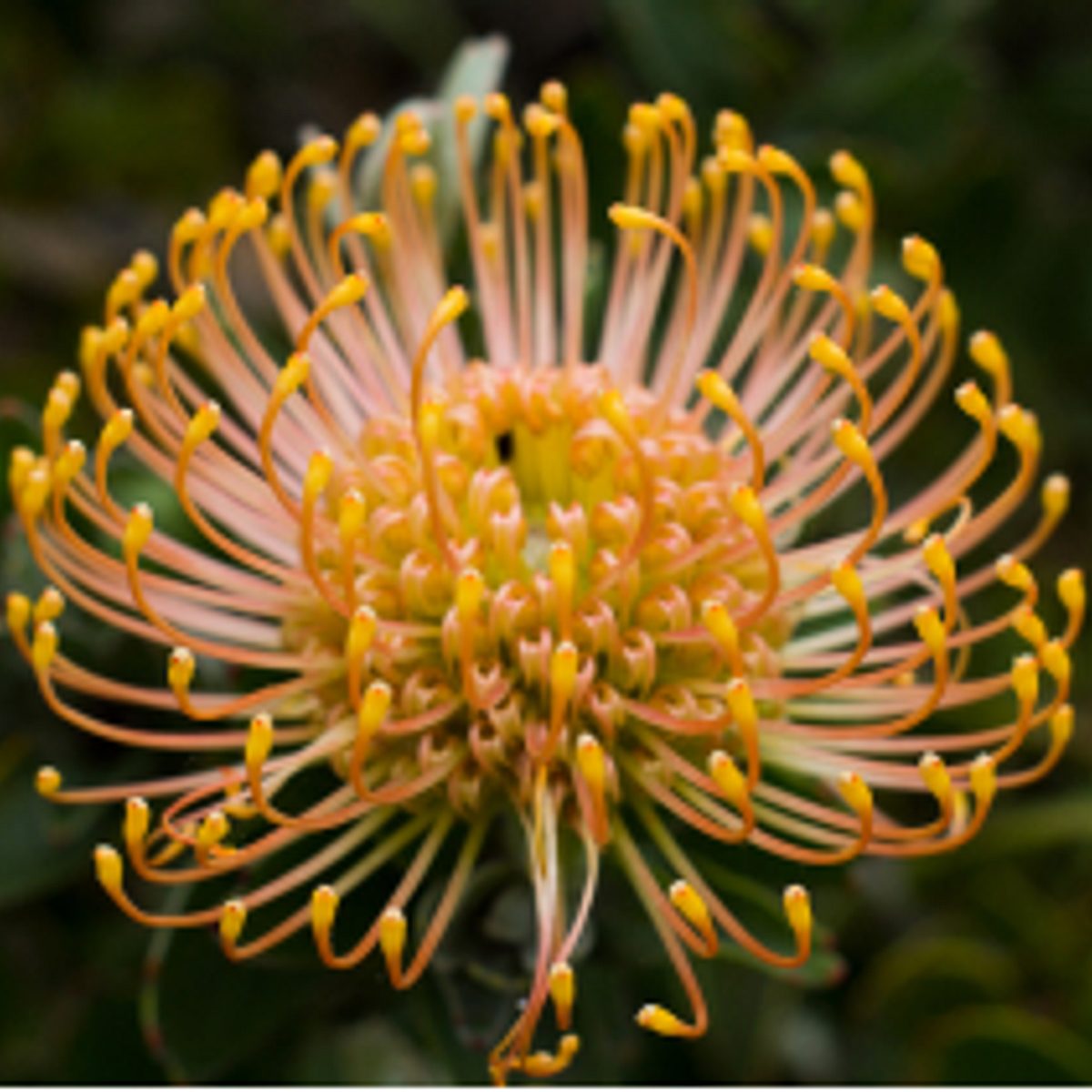



The Botanic Gardens and State Herbarium Strategic Plan articulates the BGSH vision: Plants, People, Places, Planet, Potential.
Our vision is a community that is inspired to contribute to the sustainability of our living world, and understand the vital role of plants, fungi and algae in our ecosystems and to human life. Furthermore, one of three key focus areas is ‘enhancing our organisation and our sustainability’ in particular, implementing sustainability measures across all our operations, making improvements in water and waste management and in energy use to minimise our own ecological footprint and strive towards carbon neutrality.
Following a waste management audit in 2022, the Botanic Garden is implementing a new waste management plan that incorporates mixed recycling and organic waste streams with a view to reduce the amount of waste to landfill. The four–streamed bin system was implemented in July 2024 at Adelaide Botanic Garden and will likewise be implemented in the future at Mount Lofty and Wittunga Botanic Gardens.
In 2021 an energy audit was undertaken at all three Botanic Garden sites. Following this, solar panels have recently been installed on the roof top of the Tram Barn building and the main maintenance shed at Adelaide Botanic Garden. The Botanic Garden is in the process of measuring the energy and carbon savings of this installation: it is one of the ways action has been taken as we address our impact on the environment.